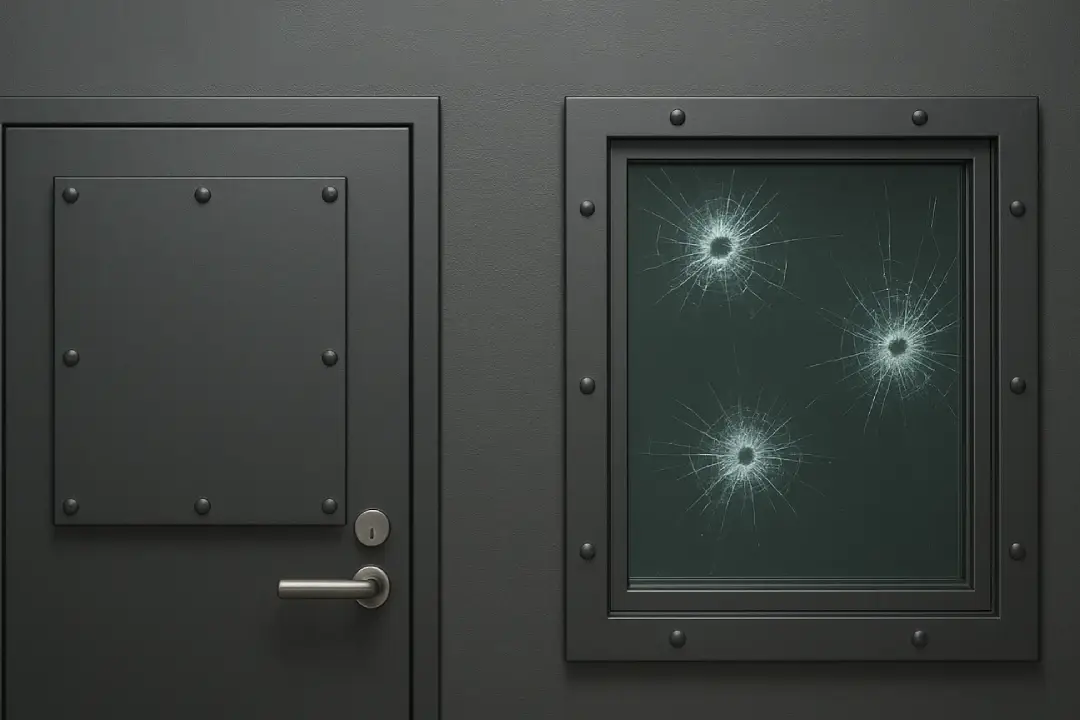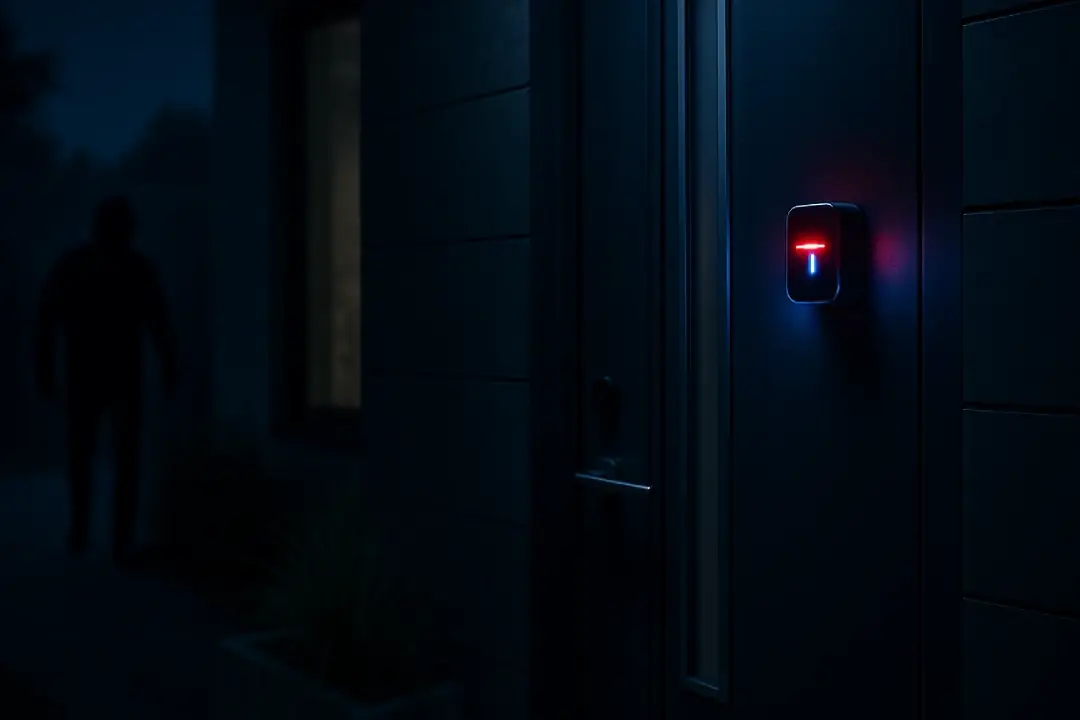In modern urban settings, ensuring home security has become a top priority for both families and businesses. Among all protective measures, installing a robust armored door is one of the most effective strategies to provide peace of mind and protection. Whether for external entrances or interior security doors, these barriers not only deter potential intruders visually but also create a strong physical obstacle against break-in attempts.
That said, armored doors vary greatly. Each model comes with its own levels of resistance and security features. To navigate this complexity, it’s important to understand how armored doors are classified. These classifications—based on resistance levels—serve as a practical guide in selecting the optimal solution. In this article, we’ll examine the criteria that define armored door classifications to help you make an informed decision.
How Are Armored Doors Classified?
Armored doors differ in design, materials, and, most importantly, security levels. Security, however, isn’t subjective or vague—there are objective standards. One of the most significant standards is EN 1627, which outlines clear criteria for classifying doors according to their ability to resist intrusion.
Under this system, doors are assigned a “RC” (Resistance Class) category followed by a number. The range spans from RC1, offering basic protection, up to RC6, which provides the highest level of defense against very sophisticated break-ins.
This classification helps both consumers and manufacturers: buyers can choose an appropriate door for their context, and manufacturers must comply with stringent design and performance standards.
Resistance Classes of Armored Doors
-
RC1: Entry-level protection. Suitable against non-violent attempts using basic tools like screwdrivers. Best for low-risk residential areas.
-
RC2: Stronger defense. Resists burglary attempts using lock picks or small crowbars. Suitable for homes, offices, or commercial buildings in moderate-risk zones.
-
RC3: Advanced protection. Can withstand more aggressive attacks using stronger tools. Ideal for properties in higher-risk locations or with valuable contents.
-
RC4: High security. Designed to resist powerful forced-entry tools. Suitable for financial institutions, secure storage, or high-threat environments.
-
RC5: Very high resistance. Developed to withstand attacks using specialized power tools. Recommended for assets or facilities that cannot compromise on security.
-
RC6: Highest tier. Built to endure the most extreme and sophisticated intrusion attempts, including heavy-duty equipment. Ideal for highly sensitive or high-value sites.
Testing Methods for Security Classification
The EN standard employs multiple rigorous tests to determine a door’s resistance class. These tests fall into three main categories:
-
Static Test (EN 1628): Pressure is steadily applied to various points on the door. The door must not deform beyond allowed tolerances, which shrink as the resistance class increases. This simulates forced-entry attempts with levers or prying tools.
-
Dynamic Test (EN 1629): (Typically for lower RC classes) A pendulum strikes the door at different heights with increasing force. This mimics direct physical impacts like kicks or shoulder charges.
-
Manual Attack Test (EN 1630): The decisive test. Attackers (testers) use realistic tools—drills, saws, lock picks—within a set duration. Performance under this test ultimately determines the door’s assigned class.
Together, these tests ensure a door’s claimed class matches its real-world performance and gives consumers confidence in its protective capability.
Choosing an Armored Door Based on RC Class
Picking the right RC class depends on your context—location, value of contents, and threat level:
-
Residential homes in low-crime areas: RC2 or RC3 often strike a reasonable balance between price and protection.
-
Homes or commercial sites that demand higher security: RC4 or RC5 is advisable, especially where sensitive data or valuable goods are present.
-
High-risk facilities (such as embassies, financial institutions, or government offices): RC6 doors are the optimal choice for maximum security.
-
Special environments (e.g., luxury yachts): RC3 or higher might be suitable depending on exposure and importance of protection.
Minerva Luxury Designs: Our Certified Armored Doors
At Minerva Luxury Designs, we produce RC4, RC5, and RC6 certified armored doors, tailored to your highest security needs. Each of our designs combines robust protection with refined aesthetics, ensuring your space is both safe and elegant.
Choosing an RC rating should always begin with a risk assessment and an understanding of your security priorities. A door from Minerva Luxury Designs doesn’t just serve as a barrier—it gives you lasting confidence and peace of mind.
About Us
At Minerva Luxury Designs, we specialize in crafting custom luxury armored doors that seamlessly blend elegance and security. Our solutions are designed to elevate your property’s aesthetic while delivering top-tier protection.
👉 For inquiries, consultation, or to explore custom designs, visit: Contact Us

